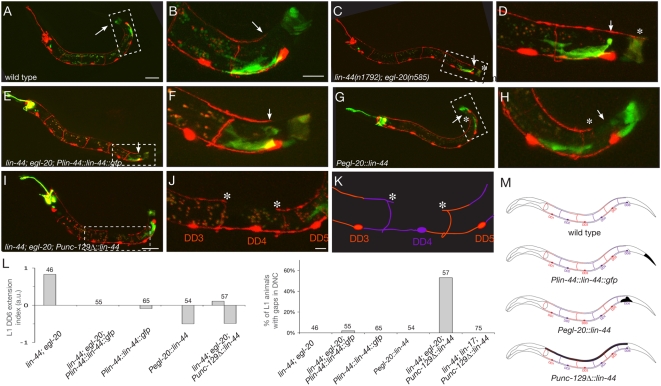Figure 3. Wnts act instructively to repel posterior axons.
(A,B) In wild-type animals, the dorsal posterior branch of DD6 extends up to the position corresponding to that of its cell body in the VNC (arrow). (B) is a higher magnification view of the boxed region in (A). (C,D) In lin-44; egl-20 mutants, the dorsal posterior process of DD6 overextends (asterisk) as compared to its normal position (arrow). (D) is a higher magnification view of the boxed region in (C). (E,F) Expression of Wnt in the posterior tail using a Plin-44::lin-44::gfp array rescues the DD6 overextension phenotype in lin-44; egl-20 mutant animals. (F) is a higher magnification view of the boxed region in (E). (G,H) Expression of Wnt in a domain slightly anterior to the lin-44 expression domain using a Pegl-20::lin-44::gfp array rescues the DD6 overextension phenotype in lin-44; egl-20 mutant animals, and causes underextension defects in 50% of the animals. (H) is a higher magnification view of the boxed region in (G). (I–K) Ectopic expression of Wnt in the dorsal body wall muscles causes DD processes to stop prematurely (asterisks), resulting in gaps in the DNC. (J) is a higher magnification view of the boxed region in (I). (K) is a schematic corresponding to the confocal image shown in (J). (L) Quantification of the DD6 extension phenotypes (top) and the DNC gap phenotypes (bottom) observed in L1 animals expressing no Wnt, Wnt in the posterior tail, or Wnt in the dorsal body wall muscles in mutant or wild-type backgrounds. (M) Schematic showing DD morphology in L1 animals and the domain of Wnt expression expected from the rescuing and ectopic expression arrays. Scale bars, 20 µm (A,C,E,G,I), 10 µm (B,D,F,H) and 5 µm (J).

